The oceans, vast and brimming with life, are the lifeblood of our planet. Their health and rich biodiversity are intricately tied to Earth's well-being. Swiss watchmaker Carl F. Bucherer recognized this profound connection back in 2013 when it joined forces with The Manta Trust—a UK registered charity dedicated to global mobulid research and conservation efforts.
In 2023, Carl F. Bucherer and The Manta Trust's unwavering commitment to ocean conservation takes centre stage as they embark on a transformative journey in the waters of Ecuador, home to the world's largest-known population of oceanic manta rays. In these Pacific waters, oceanic manta rays and devil rays face the looming threat of overfishing. In this crucial battle for survival, the partnership between these two organizations shines as a beacon of hope
With the decade long support of Carl F. Bucherer, The Manta Trust drives local conservation initiatives spanning the Indian and Pacific Oceans. They work hand in hand with island communities to shift the tide away from overfishing and toward preserving these precious habitats. Carl F. Bucherer's financial backing has fueled vital ecological studies, funded daring research expeditions, and empowered marine education programs. This partnership transcends mere corporate responsibility—it is a testament to their shared commitment to safeguarding the world beneath the waves.
Taking a step further, the watch company has recently introduced the Carl F. Bucherer Patravi ScubaTec Verde watch, where a portion of each sale directly contributes to The Manta Trust. More than just fundraising, this watch is purpose-built to bolster the trust's research endeavours by enabling expeditions centered on oceanic manta rays.
In this exclusive interview series, TheCSRUniverse delves deep into this extraordinary partnership. We shed light on the partnership's essence, explore the insights of Ms. Rebecca Carter, Director of Operations, The Manta Trust, regarding research expeditions in Ecuador, the significance of community engagement, and the far-reaching impact on marine biodiversity.
Mr. Renato Bonina, Chief Sales Officer of Carl F. Bucherer, joins the conversation to reveal the inspiration behind the Patravi ScubaTec Verde, the profound decision to support The Manta Trust, and the broader commitment to sustainable fashion.
Join us as we explore these insightful conversations in the interviews below.
INTERVIEW 1: Rebecca Carter, Director of Operations, Manta Trust
Q. Please elaborate on the research activities of the team in Ecuador, particularly how diving with manta rays and tagging them contributes to monitoring their health and understanding their environment?
 A. The waters of Ecuador are home to the largest known population of oceanic manta rays (Mobulabirostris) in the world, estimated to be over 22,000 individuals following a collaborative study conducted between 2005-2018 and published in 2022. Oceanic manta rays are the larger and most enigmatic of the two manta ray species. They spend much of their time in the open ocean away from reefs making them much more challenging to study that reef manta rays (Mobulaalfredi). Isla de la Plata, a rugged island 40km off the coast of Ecuador, hosts large annual aggregations of these gentle giants, making it a very special study site.
A. The waters of Ecuador are home to the largest known population of oceanic manta rays (Mobulabirostris) in the world, estimated to be over 22,000 individuals following a collaborative study conducted between 2005-2018 and published in 2022. Oceanic manta rays are the larger and most enigmatic of the two manta ray species. They spend much of their time in the open ocean away from reefs making them much more challenging to study that reef manta rays (Mobulaalfredi). Isla de la Plata, a rugged island 40km off the coast of Ecuador, hosts large annual aggregations of these gentle giants, making it a very special study site.
Our research team working in collaboration with Proyecto Mantas Ecuador this summer were undertaking several research methods, including collecting manta ray identification photographs, deploying remote underwater camera traps, using contactless ultrasound and tagging.
Photo Identification and Camera Traps: Each manta ray has a unique spot pattern on its ventral surface (belly) that remains largely unchanged throughout its life. So, by simply taking photographs of these spot patterns we can develop a photo-ID database for each manta population, allowing us to estimate population size, document movements, monitor recovery from injuries, track pregnancies and more. Over time this detailed information can reveal migration patterns, habitats critical to feeding and reproduction and much more, all of which is crucial to inform effective management decisions around the conservation of these animals. ID photographs are taken by our researchers whilst they are diving with manta rays but can also be attained using remote underwater camera traps which collect time-lapse footage of the reef whilst we cannot be there. On this expedition we were able to collect 204 hours of footage of the reef using remote underwater camera traps.
Ultrasound Scanning: Using aportable, contactless, waterproof ultrasound unit Manta Trust PhD candidate Niv Froman was able to scan oceanic manta rays in Ecuador for the first time on this expedition. By swimming calmly above the manta and gently sweeping the unit a few inches above its body Niv can collect scans in a completely non-invasive manner. These scans reveal to us the sexual maturity of a female and allow us to view the developing foetus inside if she is pregnant. Ultrasound scans of mature females, combined with genetic, morphometric, and behavioural data are helping us to learn more about manta ray reproductive ecology which again, is vital to inform effective conservation measures.
Acoustic Tagging: During the expedition our researchers deployed seven acoustic tags on oceanic manta rays after taking their photo ID. These small tags emit a numerical ID signal (a bit like Morse code) at regular intervals which can be picked up by special underwater “listening” receivers. Each time a tagged manta passes within ~200m of one, the receiver will record the tag’s unique numerical ID. Proyecto Mantas Ecuador have acoustic receivers deployed around Isla de la Plata and Bajo Cope Marine Reserve, another manta aggregation site further south which is more isolated and remote than Isla de la Plata. Each year Proyecto Mantas Ecuador recovers these receivers to retrieve the data they have collected, clean and service and then re-deploy them. Sometimes these receivers will record IDs from other tagged species so where possible we share this data with the relevant scientists. Similarly, if manta rays that we have tagged are detected by acoustic receivers in other regions, the researchers maintaining these may share the data with us. During this trip we also deployed two temperature loggers next to receivers at Isla de la Plata to allow us to identify any correlation between the presence of manta rays and the temperature of the water.
Acoustic tagging data has already helped Proyecto Mantas Ecuador to show that the populations around mainland Ecuador and in the Galapagos are in fact distinct, now we want to better understand if there is connectivity between marine protected areas in Ecuador. Previously, we have found movement between the Isla de la Plata and Bajo Cope and have observed that female oceanic manta rays have been staying in either location for periods of seven to eight days, suggesting that they are using these significant sites as nursery or mating areas.The tagging efforts from this trip will provide us with a better understanding of the manta ray movements between these protected areas and further afield, in turn improving our knowledge of management priorities for these locations and the migratory routes between them.
You can find detailed information about manta ray tagging and tracking here on our website, including footage of tagging and some interesting case studies.
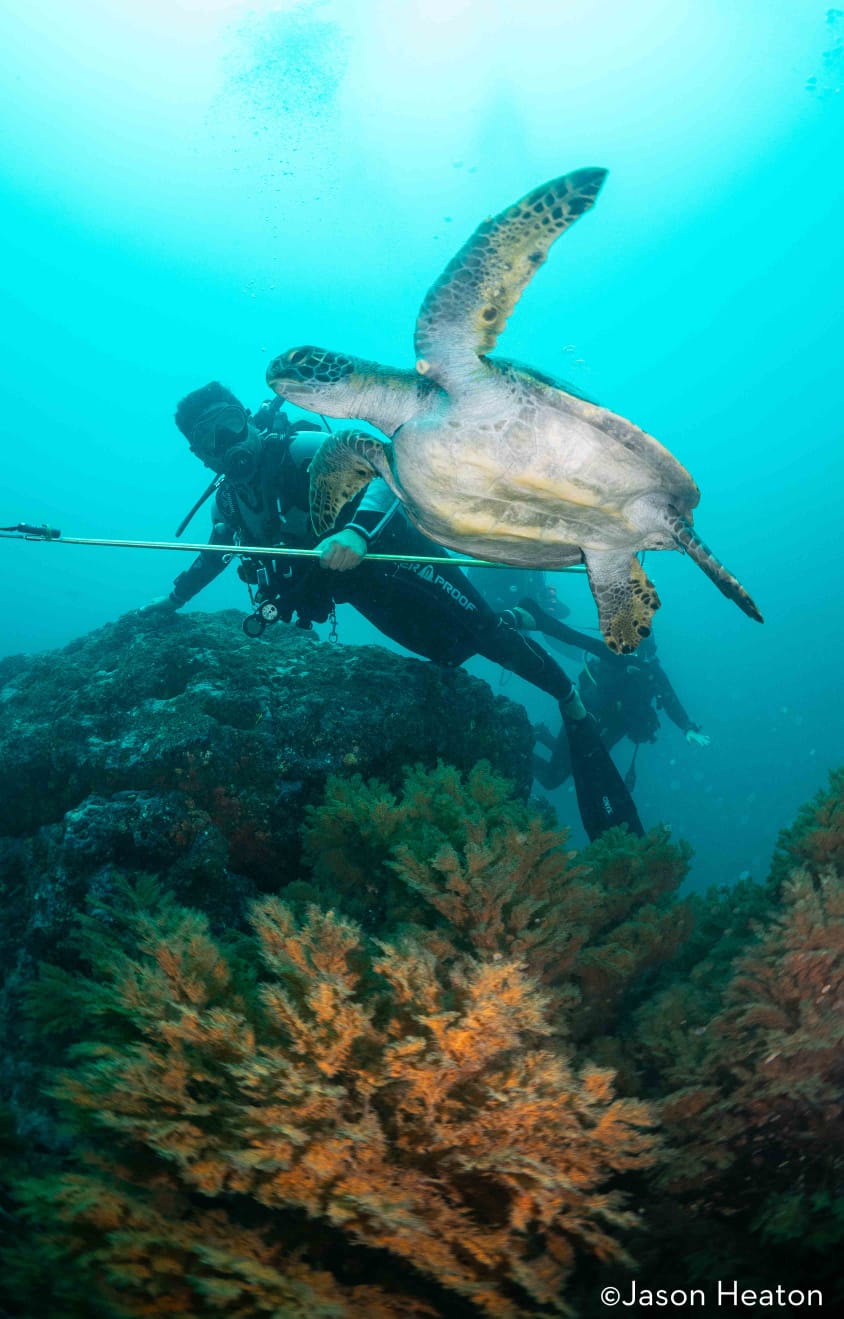 Q. The significance of local engagement is highlighted in your efforts. How does connecting with the local community help generate support for manta ray conservation and overall marine ecosystem health?
Q. The significance of local engagement is highlighted in your efforts. How does connecting with the local community help generate support for manta ray conservation and overall marine ecosystem health?
A. Local engagement is crucial to our approach as we believe conservation efforts need to be locally driven to be successful and sustainable. By engaging with local people, from school children to fishers to park rangers, we can learn a huge amount as well as inspire more local people to get involved with our work. The communities who live closest to manta rays often have a unique wealth of expertise about their local marine ecosystems and species as well as a passion to protect them, so a key aim for the Manta Trust is always to provide more resources, training and employment opportunities to harness the knowledge and enthusiasm of potential manta ray conservationists on the ground.
Unfortunately, due to some social unrest and tensions in Ecuador with the current political situation, we were unable to carry out all our planned outreach activities. However, we were still delighted to have the chance to meet with twelve rangers and fifteen naturalist guides from the Machalilla National Park to give presentations about the local manta research and to let them use our virtual reality headsets to experience diving with manta rays. We also had the fantastic opportunity to do the same thing for twenty local school children, aged 12-13 years of age. Living in the fishing village Puerto Lopez means many of these students come from families who depend on the sea for their livelihoods. By showing them the wonders of the ocean, we hope to inspire them to love and protect their marine resources for future generations.
You can learn more about our approach to locally driven conservation in our recently published Education & Diversity Strategy.
Q. With the goal of better understanding human impact, could you provide examples of how the data collected from tagging manta rays has already influenced your conservation strategies or decisions?
A. Telemetry studies (the gathering of information using animal-borne sensors or tags) have provided vital insight into the movement and behavioral ecology of manta and devil rays. This knowledge has been used to design effective conservation strategies for these vulnerable animals in many locations around the world. A couple of interesting case studies are:
- In 2015 Carl F. Bucherer contributed to a tagging study of ours in the Mexico Pacific which helped to demonstrate that oceanic manta rays are less transient in nature than previously thought. In the absence of ecological data, population declines in oceanic manta rays had previously been addressed primarily with international-scale management and conservation efforts. This study in combination with genetic research showed that regional approaches to oceanic manta conservation could prove more effective.
- A recent study in the Seychelles on the reef manta ray population using satellite telemetry identified high levels of site fidelity around D’Arros Island. The study helped to show that the mantas spent a lot of their time around the shallow water reef systems, which needed greater protection, and the results of this tagging work directly helped inform the creation of the D'Arros Marine Protected Area.
Q. The partnership with Carl F Bucherer is intriguing. How has this collaboration facilitated your conservation goals, and how are contributions from watch sales being used to support your initiatives?
A. Our partnership with Carl F Bucherer has been a long-lasting one. Carl F. Bucherer have created several truly stunning timepieces over the last ten years inspired by manta rays and the ocean habitats on which they depend, and they have generously supported our core operations as well as fully financing several projects for the Manta Trust. Examples of some of the earlier initiatives they supported include research into the movement patterns of oceanic manta rays in the tropical eastern Pacific Ocean, creating our How to Swim with Mantas film and a study investigating manta ray diet in the Maldives. However, as our partnership has grown from strength to strength, the projects which Carl F. Bucherer have sponsored have grown in size and ambition. In 2021, Carl F. Bucherer gave us the unprecedented opportunity to conduct a research expedition in the far north Maldives, bringing together a large skill-varied team of Manta Trust experts for the very first time. This proved an enormous success both in terms of research outcomes, but also because it offered our disparate team a precious opportunity to spend several weeks together in person, leading to several new plans for collaboration and the conceptualising of new conservation strategies for the Manta Trust’s global network.
In 2023, generous funding fromCarl F. Buchererhas once again allowed us to bring together scientists, conservationists, educators, and media experts from our global network to collaborate in an exciting, first of its kind research expedition. This expedition saw members of the Manta Trust core team join project leaders from Mexico, Costa Rica, Peru and the Galapagos to support Proyecto Mantas Ecuador in collecting data on the world’s largest known population of Endangered oceanic manta rays.This has led to exciting new plans for further collaboration, including the creation of a new Eastern Tropical Pacific Manta Network. This network will go on to share data, methodologies and to collaborate on common research and policy questions and standardize protocols at a regional level.
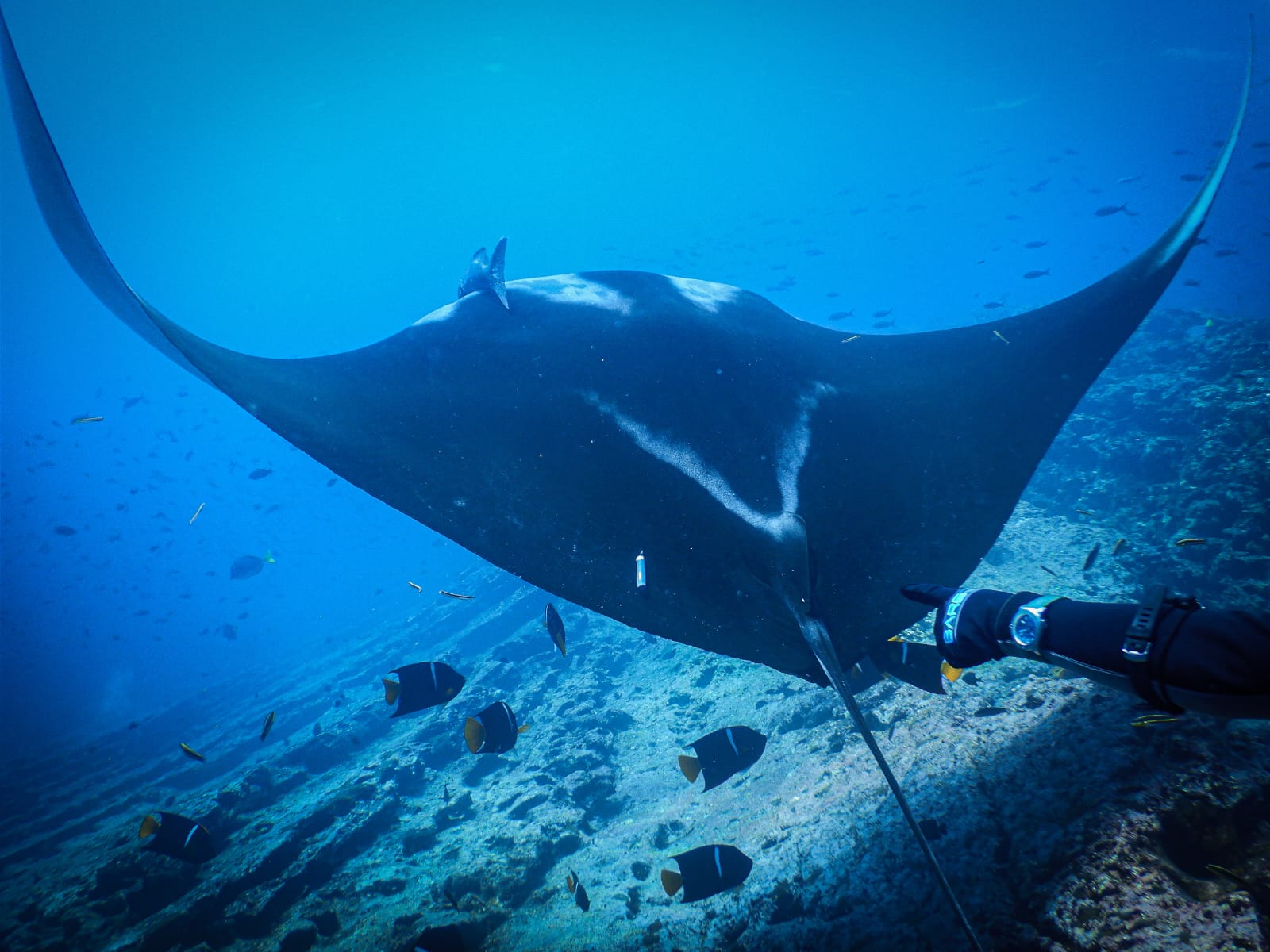 Q. The conservation of manta rays goes beyond a single species. Can you shed light on how maintaining a healthy population of manta rays affects the broader marine ecosystem and biodiversity?
Q. The conservation of manta rays goes beyond a single species. Can you shed light on how maintaining a healthy population of manta rays affects the broader marine ecosystem and biodiversity?
A. Manta rays are extremely charismatic megafauna that inspire all those who are lucky enough to encounter them, but also millions of other people who have seen them in stunning documentaries such as Blue Planet II. This means manta rays act as a flagship species, helping to motivate and engage people with issues which affect all marine life such as overfishing, bycatch and the impacts of the climate crisis.
Manta rays can be a catalyst for change that benefits the broader marine ecosystem and biodiversity.For example, a critical factor in conserving manta rays is protecting the marine habitats on which they depend. One habitat which is especially important for manta rays is coral reef, one of the most biodiversity rich and most threatened habitats on the planet. Coral reefs cover less than one percent of the ocean floor but support roughly 25% of all known marine species and they are threatened by the impacts of the climate crisis, irresponsible fishing methods and unsustainable development. Protection of manta rays has in many locations been the impetus to create marine protected areas which benefit coral reefs and the thousands of other species that depend on them. This is especially effective in regions of the world where manta tourism is providing countries with a large economic incentive to protect the habitats that these vulnerable raysneed to survive.
Another example is our education programme. The Manta Trust’s vision is a sustainable future for the oceans, where manta and devil rays thrive in healthy and diverse marine ecosystems. We know that one of the key ways to achieve this is through meaningful, wide-scale and collaborative education efforts that empower people to take action to protect our precious environment. We have created an Education Portal which provides free teaching resources to help educators bring to life important environmental issues in the classroom, using manta rays to inspire students and make them more ocean and climate literate, showing them how they can be part of the solution.
 Q. Can you provide examples of tangible outcomes or insights that have emerged as a result of your strategies?
Q. Can you provide examples of tangible outcomes or insights that have emerged as a result of your strategies?
A. Since its inception the Manta Trust’s global network has positioned itself as the leading authority on mobulids (manta and devil rays). Our research and conservation efforts have led to several legislative and policy milestones for these animals. For example:
- Our data played a key role in gaining protection for manta rays in the Republic of the Maldives, leading to Hanifaru Bay becoming a Marine Protected Area (MPA) in 2009. Hanifaru Bay is an important aggregation site for reef manta rays and whale sharks. We also assisted the Ministry of Environment in the creation of a management plan for this MPA.
- We contributed critical data and expertise for the reassessment to “Vulnerable”status of both species of manta on the IUCN Red List of Threatened Species in 2011, and to the uplisting of oceanic manta rays to “Endangered” in 2020.
- Following their IUCN reassessment, our collaborative efforts with other NGOSs saw all mobulid speciesgranted legally binding international protection in the trade of products sourced from their body parts under Appendix II of the Convention on International Trade in Endangered Species (CITES).
- Our work, with several collaborating groups, has resulted in gaining international protective legislation for mobulid rays, through listing under the Convention on Migratory Species (CMS) Appendix I & II.
- Our campaigning and work with local communities, in collaboration with other NGOs, has helped to gain national protection for manta rays in regions with some of the world’s largest mobulid fisheries. For example, Indonesia, Peru, Thailand and Mexico.
Despite all these positive steps, we still have a lot of work to do as these animals remain vulnerable to exploitation, and the threats from targeted fisheries, bycatch, irresponsible tourism, pollution and the impacts of the climate crisis persist. Populations are still declining and their assessed levels on the IUCN’s Red List of Threatened Species continue to move in the wrong direction.
Learn more about our impact.
Q. Could you outline the primary goals and mission of Manta Trust, and how your organization envisions its role in the conservation of marine biodiversity and manta ray populations?
A. The Manta Trust collaborates with affiliates around the world through research, education and providing expert advice to drive the policies and practices necessary to conserve manta rays, their relatives and their habitats. Our global network shares the same vision, of a sustainable future for the oceans, where manta and devil rays thrive in healthy diverse marine ecosystems.
In 2018 we published our Global Strategy and Action Plan for Mobulids, which is designed to direct global efforts and priorities to conserve manta and devil rays, as well as highlight where Manta Trust fits into the bigger picture. It identifies fourcrucial goals in achieving our vision which are:
1. There is no demand for manta and devil ray products.
2. Bycatch of manta and devil rays worldwide is limited.
3. Manta and devil ray tourism worldwide is well-managed.
4. Healthy ecosystems for manta and devil rays exist.
However, in early 2023 we also published an Education and Diversity Strategy for Mobulidswhich we use in tandem with our Global Strategy, guiding the development of new Manta Trust projects and the work of our affiliates in a way that champions a diversity of backgrounds, perspectives and experiences of the world. This strengthens our approach by ensuring:
1. A greater diversity of people seek careers in the marine conservation sector.
2. People working in other sectors (not marine conservation) and those not in employment (including youth) are supportive of the conservation of manta and devil rays and their habitats.
3. A diverse range of individuals local to manta and devil ray conservation initiatives play an active role in the design and implementation of these initiatives.
4. People who interact with manta and devil rays and their habitats are supportive of their conservation.
We will very soon be publishing a newFive Year Plan for the Manta Trust, which will give more detail on how we are prioritising our efforts over the coming years to effectively work towards these goals.
 INTERVIEW 2: Renato Bonina, Chief Sales Officer, Carl F. Bucherer
INTERVIEW 2: Renato Bonina, Chief Sales Officer, Carl F. Bucherer
Q. The Carl F. Bucherer Patravi ScubaTec Verde watch seems to align with an active lifestyle. How did the idea of creating a watch for water sports enthusiasts link to the conservation cause supported by Manta Trust?
A. I think anyone who does any kind of water sports, who encounters plasticlitter in the ocean or is aware of the damage being caused to all kinds of marine eco-systems, feels highly protective of it. So creating a diving watch that helps support this incredible organization made perfect sense.
Q. Could you share insights into the decision to contribute to Manta Trust for each watch sold? How does this support translate into tangible conservation efforts and positive environmental impact?
A. Our main contribution to the Manta Trust is through an annual donation, so the idea of supplementing that with a contribution for special editions of the Patravi Scuba Tec was an easy one: it means more money for the trust, and it extends the relationship we have as a company with the trust to our customers themselves. Those contributions help the trust directly fund its research expeditions and its educational work in spreading awareness of the importance of marine conservation.
Q. Sustainability is a growing concern. How does the Carl F. Bucherer Patravi ScubaTec Verde watch exemplify a broader commitment to sustainable fashion and products that have a positive influence on the planet?
A. The first step on the journey towards sustainability is adopting a mindset where you recognize that how you act has consequences, and then to make decisions that aren’t at the planet’s expense. Luxury brands are not immune from this! I hope something like the Patravi ScubaTec Verde demonstrates that we’re consciously trying to make a difference. Let’s not pretend it will solve the problem– but it certainly says something about our mindset, and hopefully that inspires and influences our customers to expect and demand more from the brands they love.
Q. In what ways has the partnership with Manta Trust provided a unique avenue to contribute to environmental conservation that goes beyond traditional corporate social responsibility initiatives?
A. From here in Switzerland, a land-locked country, there might seem more obvious choices and environmental causes we could support closer to home. But we have always been an outward-looking brand, so it made sense to take a world view of what to prioritize. In that sense, working with the Manta Trust allows us to contribute to a cause of critical global importance. Supporting marine conservation, and spreading awareness of how important oceans are to all life on earth, even if the work we support is conducted far away.
Q. The watch's symbolism as a statement for planet impact is compelling. How do you see this approach influencing a broader cultural shift towards valuing environmental stewardship?
A. Sustainability is not a destination – it is a journey. What I mean by that is that there’s always more to do, always more ways to improve your sustainability. So yes, this watch is symbolic in that sense, but in itself just one small step. More widely, we’ve all got to do better, to do more for the planet’s benefit – and to keep on doing that. Bit by bit, those efforts can coalesce to something bigger and more meaningful – within our company, and within our society.
Q. How do you envision your partnership influencing industries and other conservation projects down the line?
A. I hope it demonstrates to other watchmakers and luxury brands that we should look to the horizon, not just focus on our own back yards. And I hope that conservation organizations feel empowered to approach luxury brands that might not otherwise have felt connected to the issues. If other businesses feel inspired by our relationship with the Manta Trust, then great – maybe they will start a similar relationship of their own.
Q. Looking ahead, how does your organization plan to extend its commitment to conservation initiatives?
A. Extending our commitments to conservation should address the fundamentals of doing business, of how we build watches and how we retail them around the world – doing it more consciously about its environmental and ethical implications. We can’t promise changes overnight, but are motivated to improve our carbon footprint, to operate regeneratively where we can, and above all to do no harm. The whole ethos of CFB is about Exploring Time, and I think sustainability offers a new perspective on what that means. And of course, our relationship with the Manta Trust will continue into its second decade.



 A. The waters of Ecuador are home to the largest known population of oceanic manta rays (Mobulabirostris) in the world, estimated to be over 22,000 individuals following a
A. The waters of Ecuador are home to the largest known population of oceanic manta rays (Mobulabirostris) in the world, estimated to be over 22,000 individuals following a  Q. The significance of local engagement is highlighted in your efforts. How does connecting with the local community help generate support for manta ray conservation and overall marine ecosystem health?
Q. The significance of local engagement is highlighted in your efforts. How does connecting with the local community help generate support for manta ray conservation and overall marine ecosystem health? Q. The conservation of manta rays goes beyond a single species. Can you shed light on how maintaining a healthy population of manta rays affects the broader marine ecosystem and biodiversity?
Q. The conservation of manta rays goes beyond a single species. Can you shed light on how maintaining a healthy population of manta rays affects the broader marine ecosystem and biodiversity? Q. Can you provide examples of tangible outcomes or insights that have emerged as a result of your strategies?
Q. Can you provide examples of tangible outcomes or insights that have emerged as a result of your strategies?  INTERVIEW 2: Renato Bonina, Chief Sales Officer, Carl F. Bucherer
INTERVIEW 2: Renato Bonina, Chief Sales Officer, Carl F. Bucherer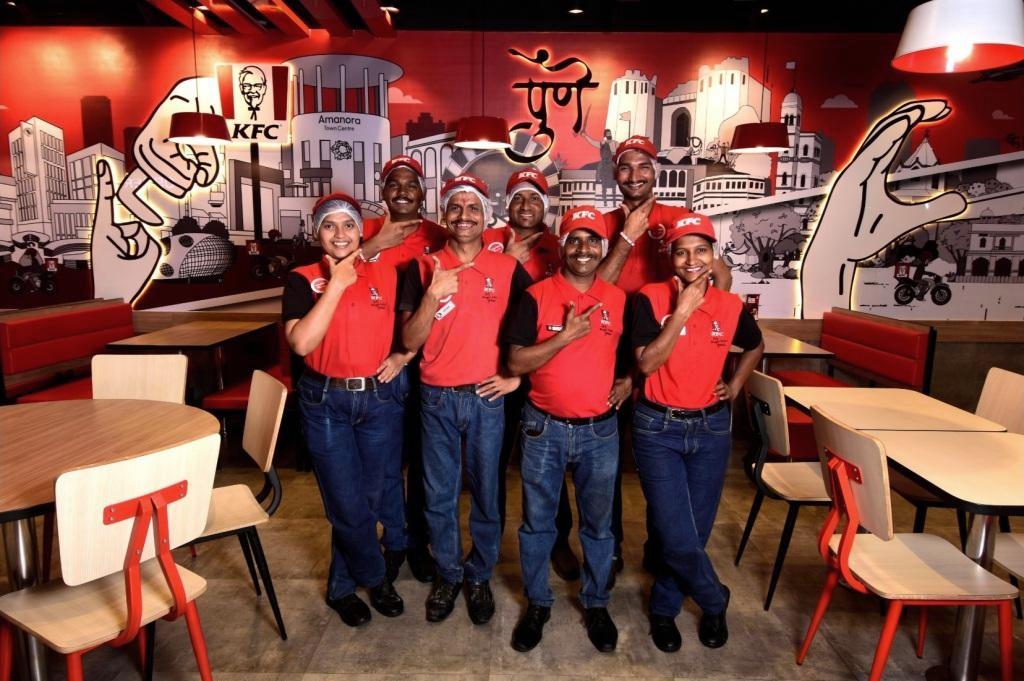

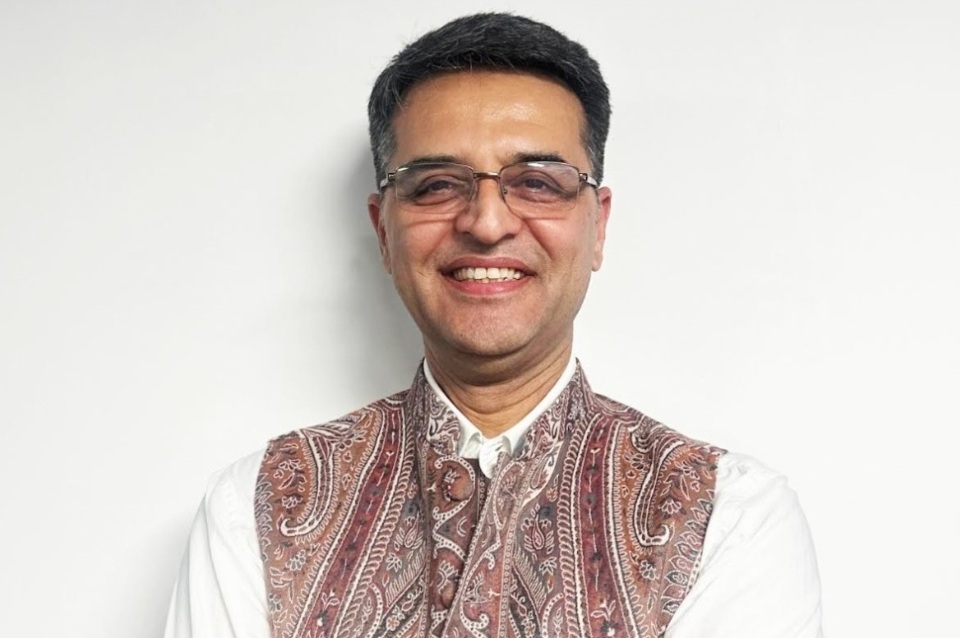
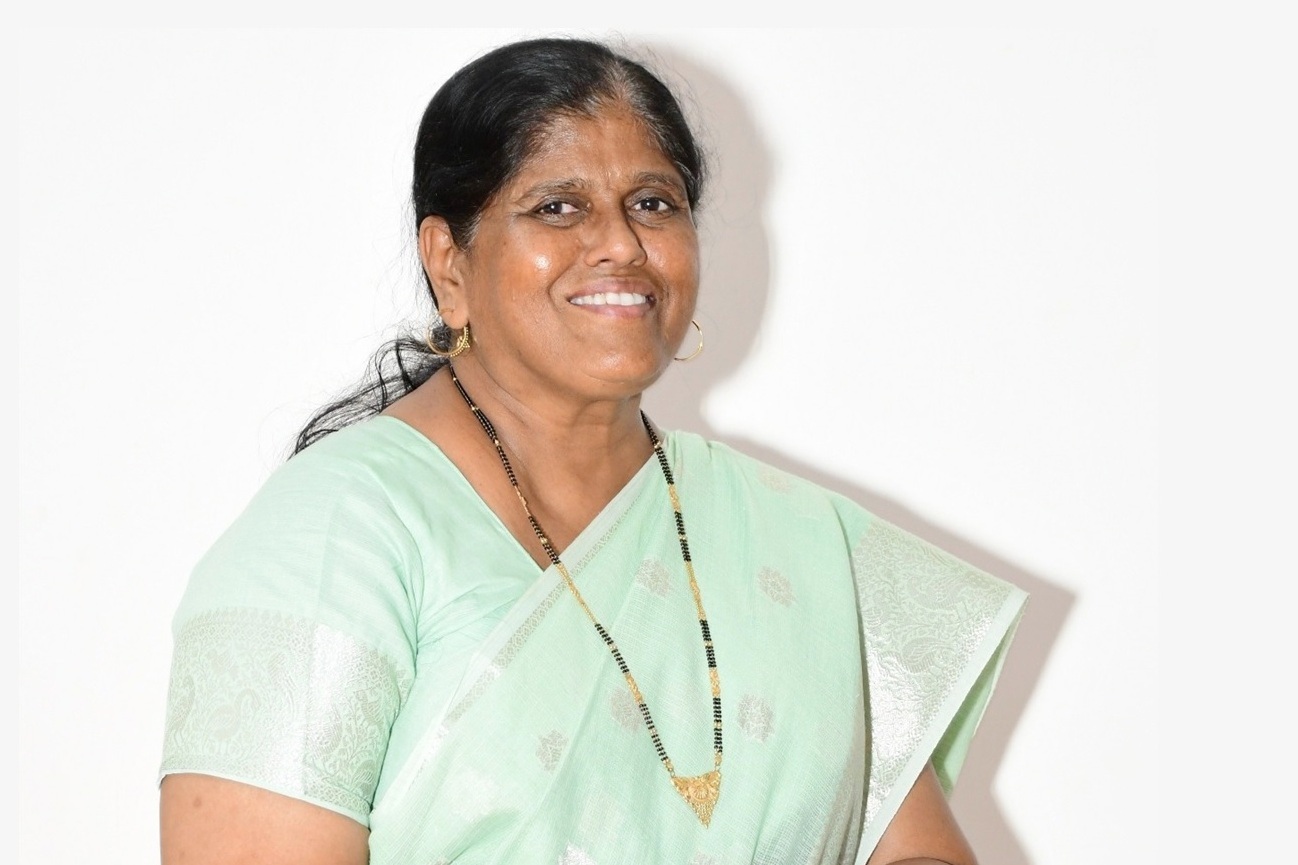


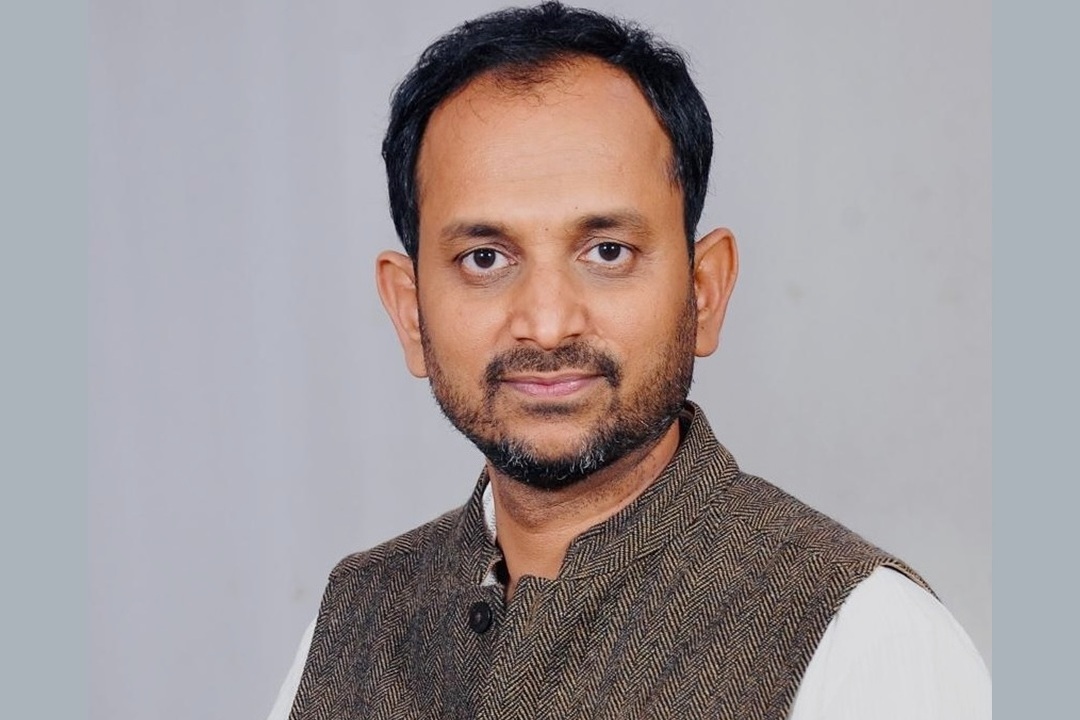
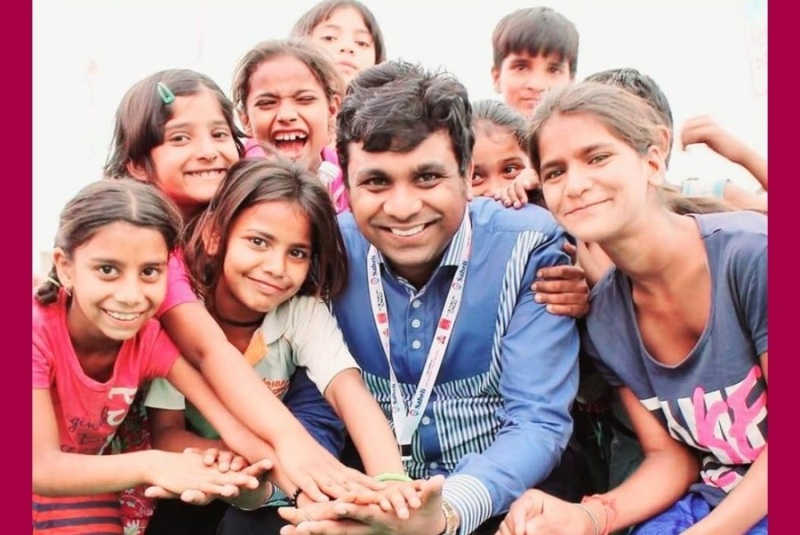



.jpg)




